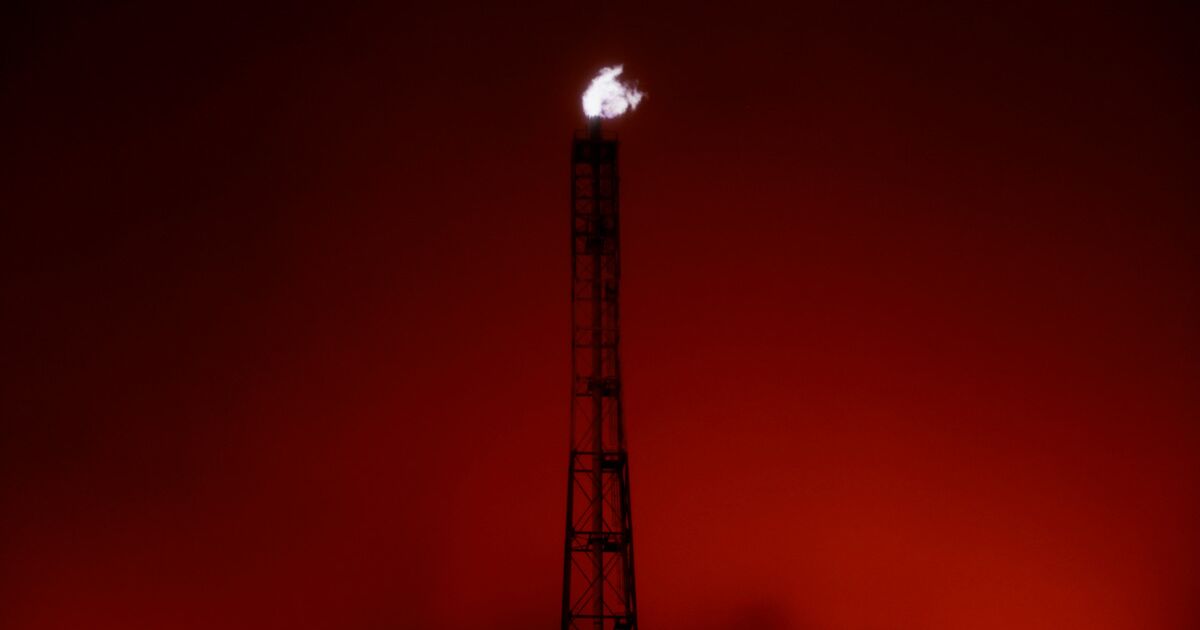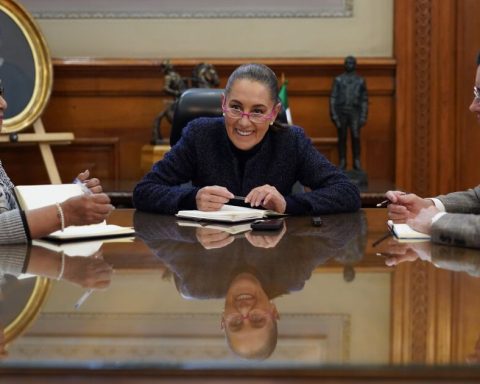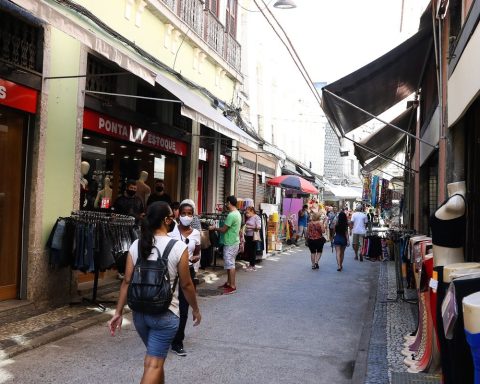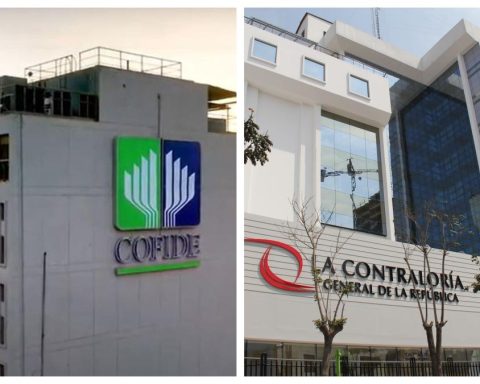“Part of that income goes to the Mexican Oil Fund (FMP). In both cases it is perfectly usable within the public sector. In the first case, Pemex at 100, and on the entire scale of the public sector: stabilization funds, federal states, among others. In the second instance, there is the FMP”, he explained.
The fiscal stimulus for gasoline “is going to cost, but we have almost like a mirror, the correlation between gasoline and crude oil is 99% and we are naturally covered,” he added.
The rise in oil prices generates two effects on public finances: lower collection of the Special Tax on Production and Services (IEPS) that charges gasoline, because the Treasury reduces the IEPS quotas so that abrupt increases in final prices are not seen .
The fiscal stimuli that the Treasury gives each week to gasoline, through the discount to the IEPS quotas, will be published this afternoon in the Official Gazette of the Federation (DOF), according to the secretary.
The second effect of the rise in oil is a greater collection of oil revenues due to the higher cost of the crude that Pemex sells and exports. For the design of the 2022 public budget, the Treasury estimated an average price of 55.1 dollars per barrel, just two days ago Mexican crude touched a historical price of 105.52 dollars per barrel.
This higher price would help the Treasury to have more oil revenues than those programmed to compensate for the shortfalls due to the stimuli for gasoline. Once the shortfalls are covered, the surpluses go to funds such as the FMP, and financial stabilization funds such as the FEIP and the FEIEF.
Economic estimates will change
When questioned about whether he will change his prospects for economic growth for Mexico, just as Banxico has done, the official said that he will release his forecasts until April, when the economic pre-criteria are released.
“The Treasury has its program on the calendar to make updates to growth estimates, ours are not forecasts; they are estimates for planting our budget, we are not making forecasts to compete among the 20 or 30 best rate forecasters, we need a rate to plan our budget in reasonable terms of probability of compliance,” said Ramírez de la O.
With information from Dainzú Patiño.















